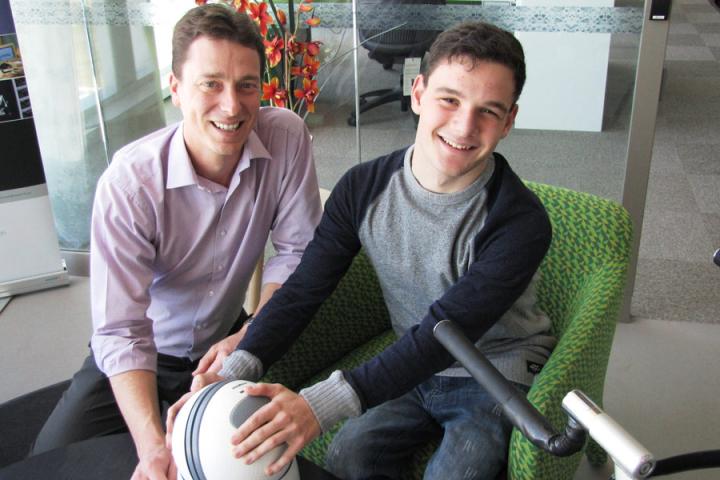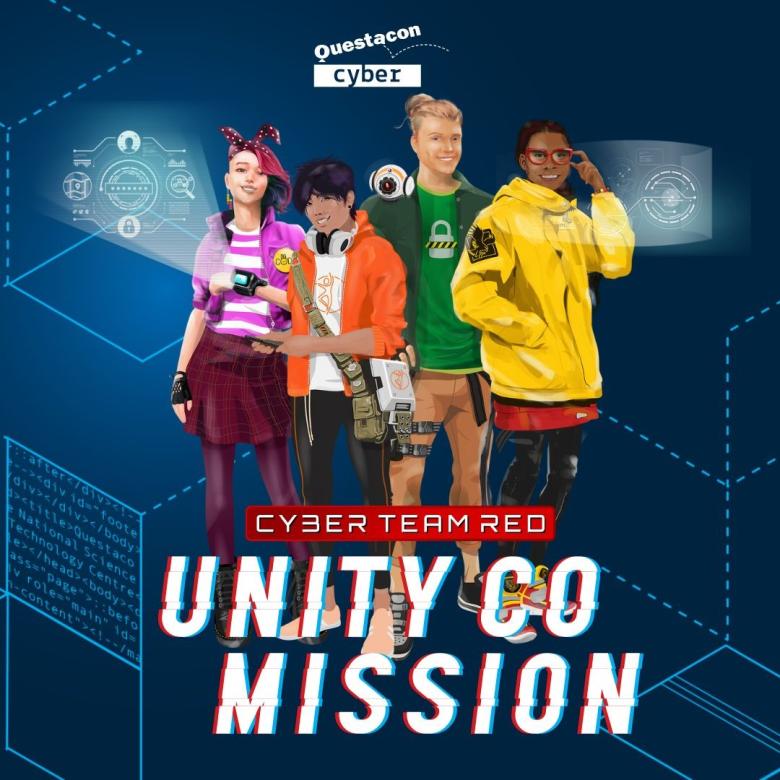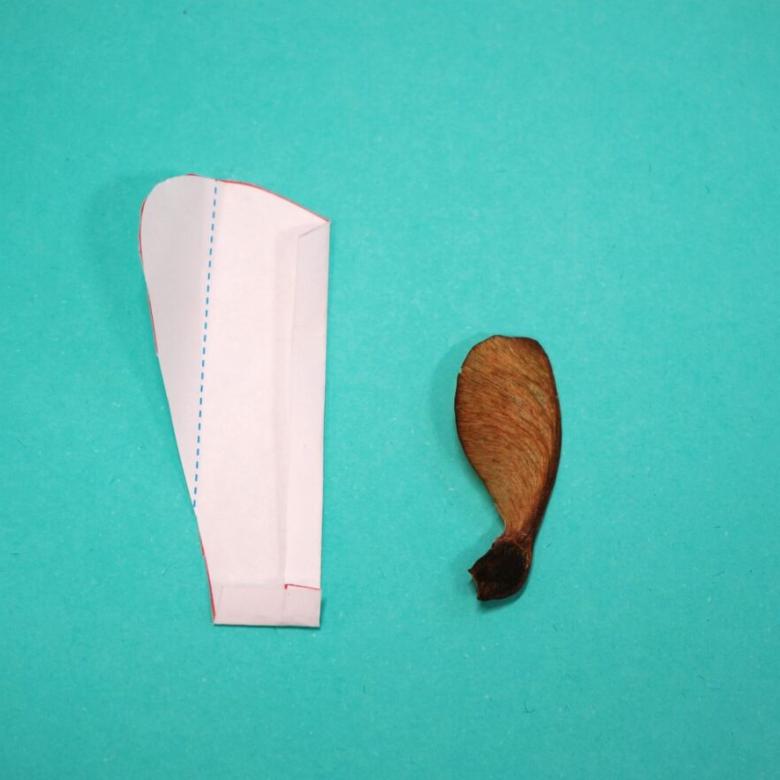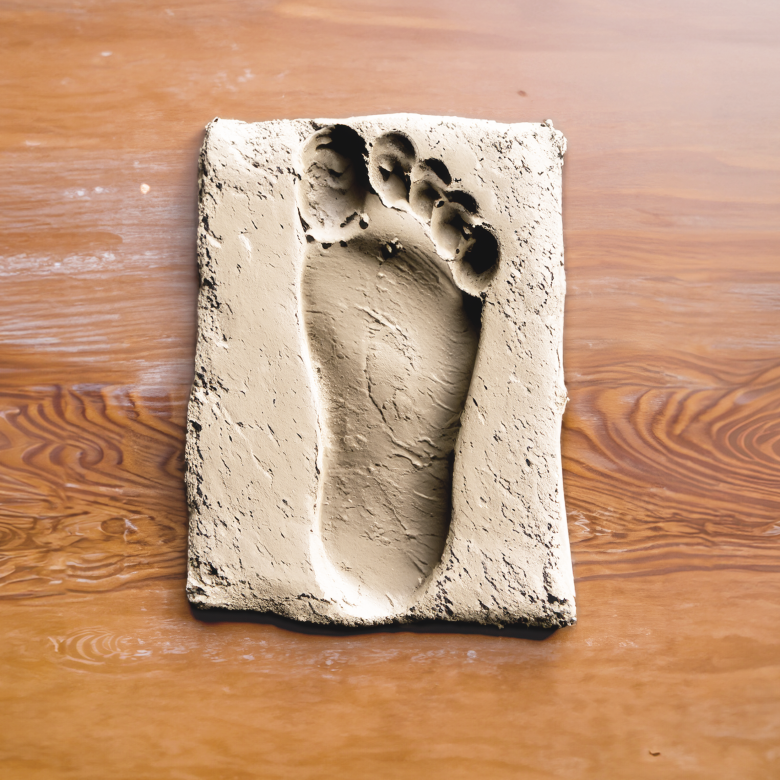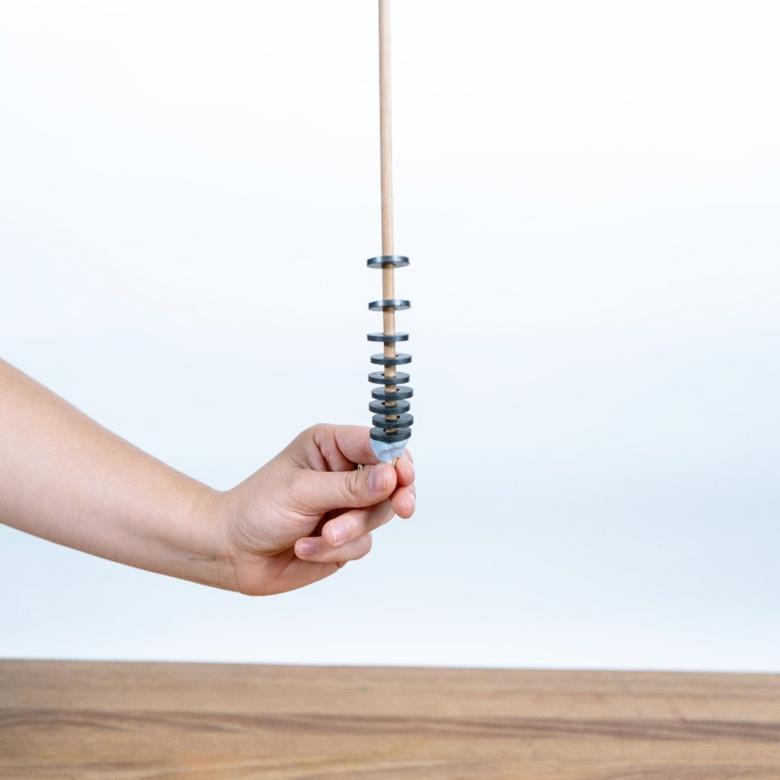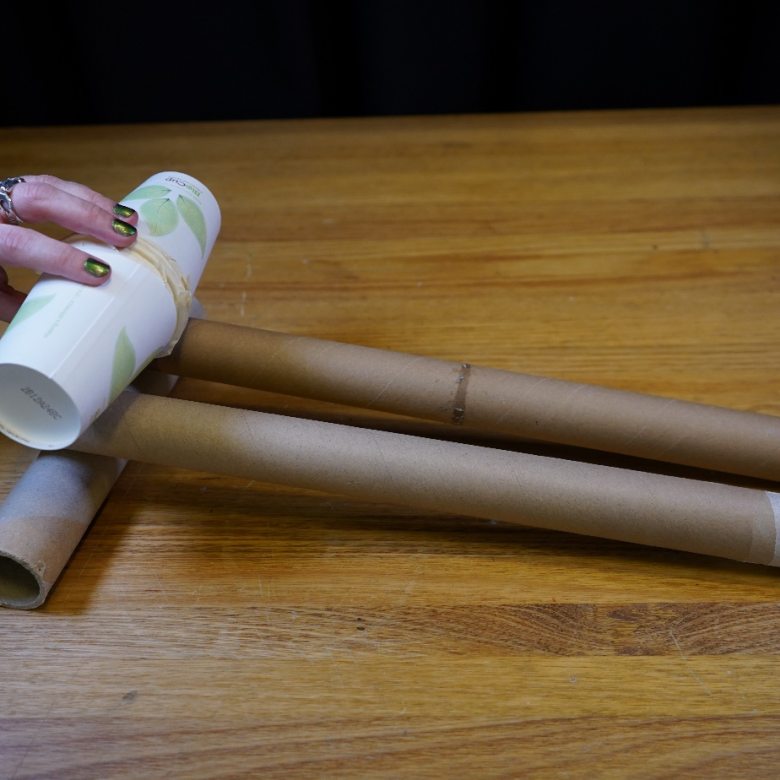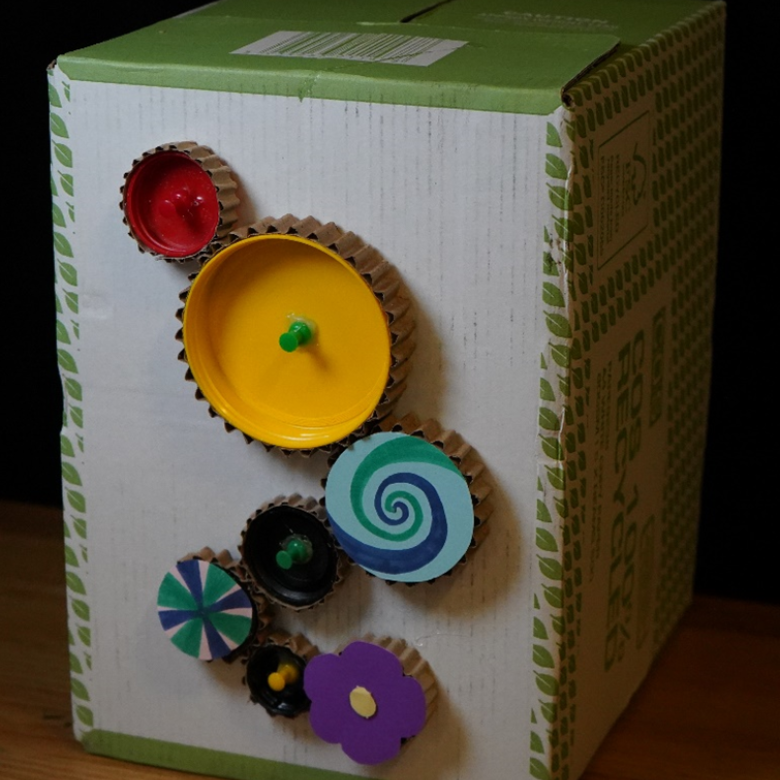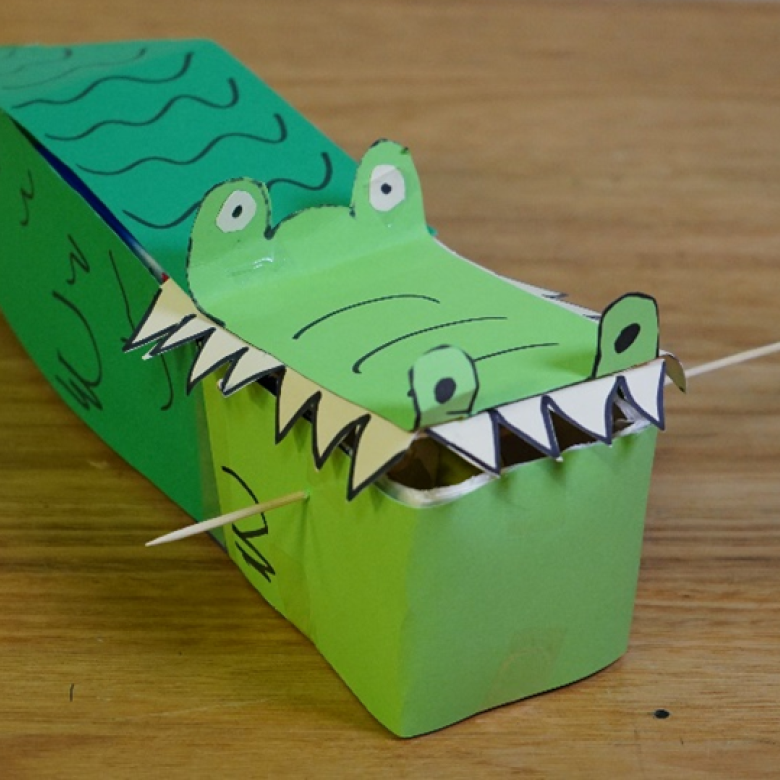How would you play a video game if you couldn’t use your fingers and thumbs?
David Hobbs, Max Hughes and Sandy Walker were looking for a way to help kids with cerebral palsy improve their sense of touch and movement in their hands. Video games are a fun way for people to practice and improve their coordination skills. But traditional game controllers are hard to hold for people living with cerebral palsy. So, David and the team set off to create a new type of controller – one that doesn’t need to be gripped, pinched or picked up.
What they created could open up the world of gaming to a whole new audience.
Their idea for a controller, named Orby, is easy for young people with cerebral palsy to use. It also encourages them to practice using both of their hands, which helps them build their hand skills evenly.
Orby looks like a ball. It is made up of a joystick inside a big round shell. The player controls the joystick by putting both of their hands on the shell to push and tilt the ball. A little motor inside Orby vibrates (called haptic feedback) that tells the player when they’ve hit a target or an obstacle in the game.
Orby was made possible with help from Flinders University, the University of South Australia, and the Women’s and Children’s Health Network in Adelaide, South Australia. Just like the Orby team, you too could make computer games that help people, by studying a course in video game design.
Why it's important
Orby not only gives children with cerebral palsy the ability to enjoy gaming, it also helps them develop their hand skills. It can help to bring the fun of gaming to a much bigger audience too, including people who struggle to use traditional video game controllers for other reasons. Orby is an innovation that brings us one step closer to making gaming accessible for everyone.
